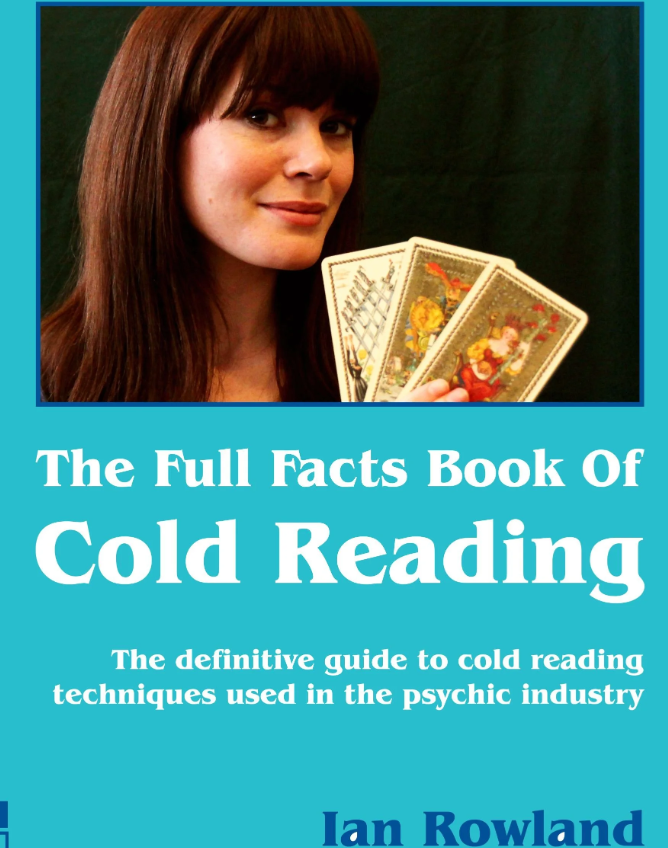Cold Reading Techniques: How They Create the Illusion of Insight
Cold Reading Techniques: How They Create the Illusion of Insight
Cold reading has fascinated people for decades. From psychics and tarot readers to salespeople and politicians, the art of sounding insightful without prior knowledge relies on a set of clever strategies. These strategies are known as cold reading techniques.
In this article, we’ll break down the most common cold reading techniques, explain why they work, and show how you can spot them in everyday life.
What Are Cold Reading Techniques?
At the simplest level, cold reading techniques are methods of making general statements that feel specific. They rely on probability, human psychology, and the skill of phrasing. The subject provides much of the meaning, while the reader looks as though they have extraordinary insight.
The Core Cold Reading Techniques
Here are the most widely used cold reading techniques:
1. Barnum Statements
“You sometimes doubt yourself, but you know you’re capable of great things.” This is one of the most common cold reading techniques, because almost everyone identifies with it.
2. Rainbow Ruse
“You can be outgoing, but sometimes you need time alone.” This clever entry in the list of cold reading techniques attributes both sides of a personality trait.
3. The Jacques Statement
“When you were younger, you sometimes felt misunderstood, but it made you stronger.” Nearly everyone relates, making this one of the most reliable cold reading techniques.
4. Fuzzy Facts
“I sense a connection with someone whose name starts with J.” Among cold reading techniques, this one works well because the subject fills in the detail themselves.
5. Push Statements
“I see an important decision around you right now.” This flexible favourite among cold reading techniques works whether the subject agrees or not.
Why Cold Reading Techniques Work
The power of cold reading techniques lies in psychology:
The Forer Effect – People accept vague statements as uniquely personal.
Confirmation Bias – We remember the hits and forget the misses.
Active Participation – Subjects provide the missing information, making the statement feel accurate.
These mental shortcuts explain why people are so easily impressed by cold reading techniques.
Cold Reading Techniques Beyond Psychics
Although psychics made them famous, cold reading techniques are everywhere:
Sales – “You want quality, but you’re also mindful of budget.”
Politics – “You’re proud of your community, but you’d like to see improvement.”
Job Interviews – “You work well in teams, but you can take the lead when needed.”
All these are examples of cold reading techniques used in everyday communication.
Spotting Cold Reading Techniques
Learning to spot cold reading techniques gives you an edge. Look for:
Vague but flattering statements.
Contradictory traits presented together.
Questions disguised as insights.
General statements that could apply to anyone.
Once you recognise them, you’ll start seeing cold reading techniques everywhere from sales pitches to social media posts.
Cold reading techniques aren’t mystical. They’re psychological tools dressed up as insight. Used dishonestly, they can deceive. Used wisely, they can build rapport and help communication.
By understanding cold reading techniques, you gain protection from being misled and the ability to connect with others more effectively. That’s the real power behind the illusion.





